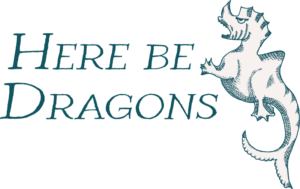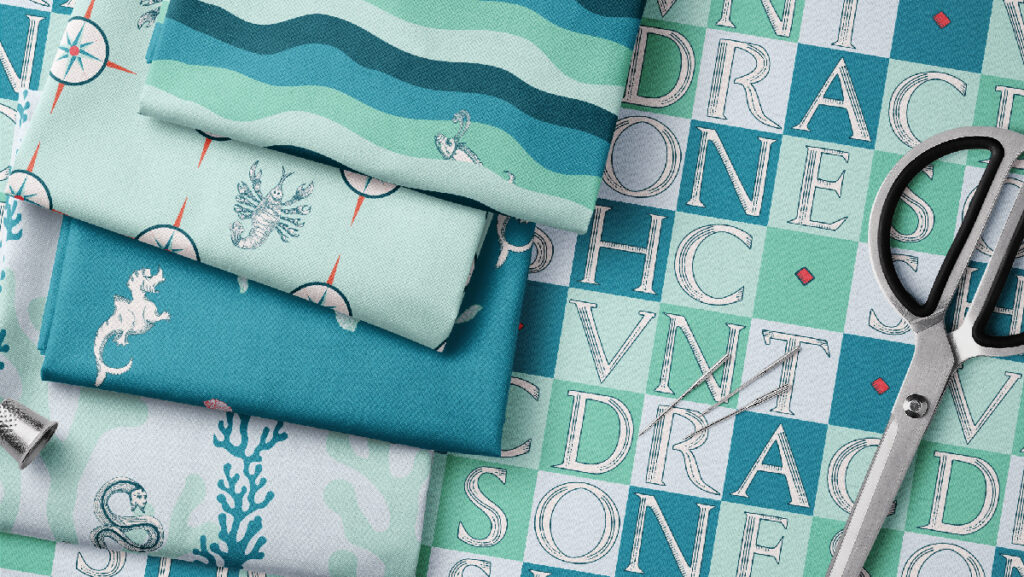At the Edge of the Known World
There are places where the known ends and the uncertain begins. In past centuries, when maps still held gaps and blank spaces marked the limits of discovery, those areas were often filled with mysterious hints. One of the most famous legends claims that cartographers would inscribe the words “Hic sunt dracones” – “Here be dragons” – to warn of unknown dangers.
Sea Monsters as Warnings
In reality, this phrase appears on only a single surviving globe: the Lenox Globe from the early 16th century. Much more often, cartographers chose a different language of warning: fantastical depictions of sea monsters lurking ominously between shipping routes. The Carta Marina of Olaus Magnus, published in 1539, is one of the most striking examples. It shows a wide array of mythical beings – from serpent-like sea creatures to dragon-shaped beasts and strange hybrids that embodied the unknown.
These depictions were more than mere decoration. They reflected the fears, tales, and observations of their time. Perhaps they drew from sailors’ reports of storms at sea, when shadows in the turbulent waters seemed alive. Perhaps they were born of a deep fascination with the mysterious. But above all, they were a window into a world where the unknown still brimmed with possibility.

From Ancient Maps to Modern Patterns
The Here be Dragons collection captures this fascination and transforms the sea monsters of the Carta Marina into modern graphic patterns. Serpentine creatures wind their way through the designs, dragon-like beasts and primeval monsters invite the imagination to wander. It is a playful homage to the Age of Discovery – an invitation to explore the blank spaces of our own imagination and to be inspired by the magic of ancient maps.


No comment yet